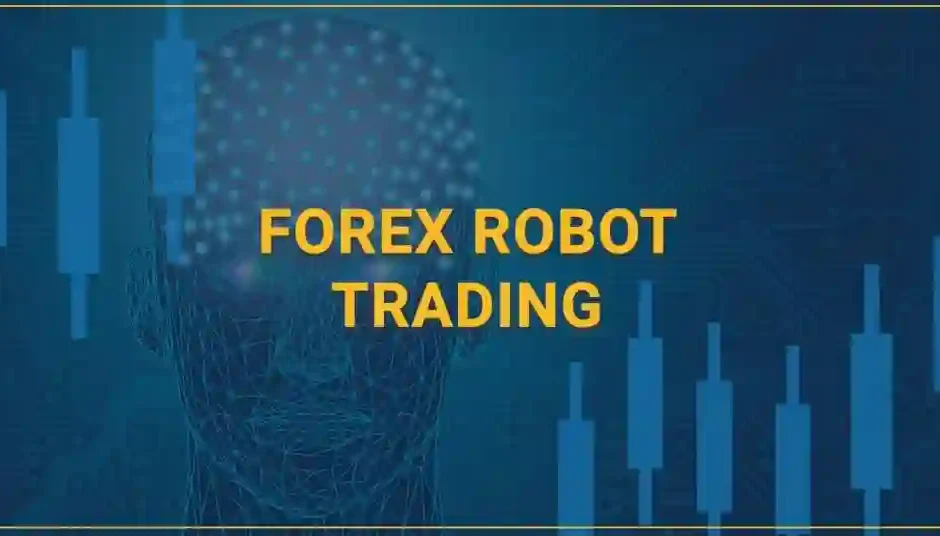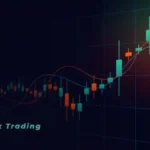Forex robot trading offers numerous benefits, including automation, efficiency, and precision. However, to maximize the potential of automated trading systems, continuous monitoring is essential. This article explores the significance of continuous monitoring in forex robot trading, emphasizing its role in ensuring trading efficiency, adaptability to market changes, and effective risk management. By understanding the importance of ongoing supervision, traders can optimize the performance of their forex robots and navigate the dynamic landscape of currency markets more effectively.
Forex robot trading has revolutionized the way traders participate in currency markets, offering automation, speed, and precision in executing trading strategies. These automated systems operate based on predefined algorithms, allowing traders to capitalize on market opportunities 24/7 without constant manual intervention. While forex robots offer significant advantages, such as eliminating emotional biases and human errors, they require continuous monitoring to maintain optimal performance and adaptability to changing market conditions. This article delves into the importance of continuous monitoring in forex robot trading, highlighting its crucial role in maximizing efficiency, adaptability, and risk management in automated trading operations.
The Role of Continuous Monitoring in Forex Robot Trading:
Ensuring Trading Efficiency: Continuous monitoring is essential for ensuring the efficiency of forex robot trading operations. By monitoring trading activity, performance metrics, and execution quality, traders can identify any issues or anomalies in robot behavior promptly. This allows for timely adjustments and optimizations to improve trading efficiency, minimize downtime, and maximize profit potential. Continuous monitoring enables traders to detect and address issues such as technical glitches, connectivity problems, or system errors that may hinder the performance of forex robots.
Adapting to Market Changes: Currency markets are dynamic and subject to constant fluctuations in response to economic events, geopolitical developments, and market sentiment. Continuous monitoring allows forex robots to adapt to changing market conditions and adjust trading strategies accordingly. By analyzing market data, news events, and price movements in real-time, forex robot can identify emerging trends, shifts in volatility, or changes in trading patterns and recalibrate strategy parameters to capitalize on new opportunities and mitigate risks effectively.
Implementing Risk Management Measures: Effective risk management is paramount in forex trading to protect capital and preserve profits. Continuous monitoring enables traders to implement robust risk management measures and control downside risk in automated trading operations. By monitoring position sizes, leverage ratios, and exposure levels, traders can identify potential risk factors and adjust trading parameters to minimize risk exposure and maintain portfolio integrity. Continuous monitoring also allows traders to set stop-loss orders, trailing stops, and risk limits to protect against adverse market movements and ensure disciplined risk management in forex robot trading.
Optimizing Performance and Strategy: Continuous monitoring facilitates the optimization of forex robot performance and trading strategies. By analyzing performance metrics, backtesting results, and historical data, traders can identify areas for improvement and refine strategy parameters to enhance profitability and consistency. Continuous monitoring allows traders to evaluate the effectiveness of different trading strategies, indicators, and timeframes and make data-driven decisions to optimize forex robot performance over time. Traders can leverage monitoring tools and analytics platforms to track key performance indicators, assess trading outcomes, and iterate on strategy development to achieve better results in automated trading operations.
Enhancing Transparency and Accountability: Continuous monitoring promotes transparency and accountability in forex robot trading by providing visibility into trading activity, decision-making processes, and performance outcomes. Traders can monitor trade executions, order placements, and strategy implementations in real-time, ensuring compliance with trading rules, regulations, and best practices. Continuous monitoring enables traders to maintain records, audit trails, and performance reports, fostering trust, credibility, and confidence among stakeholders in automated trading operations.
Best Practices for Continuous Monitoring in Forex Robot Trading:
To maximize the benefits of continuous monitoring in forex robot trading, traders should consider the following best practices:
Utilize Monitoring Tools and Software: Use monitoring tools, software platforms, and analytics dashboards to track and analyze forex robot performance, trading activity, and market dynamics in real-time. Choose monitoring solutions that offer comprehensive features, customizable alerts, and actionable insights to facilitate informed decision-making and proactive intervention in automated trading operations.
Establish Key Performance Indicators (KPIs): Define key performance indicators (KPIs) and benchmarks to evaluate forex robot performance and assess trading outcomes effectively. Monitor KPIs such as profitability, win rate, drawdown, and risk-adjusted return on investment (ROI) to gauge the effectiveness and efficiency of automated trading strategies. Establish targets and thresholds for KPIs to track progress, identify areas for improvement, and optimize forex robot performance over time.
Conduct Regular Performance Reviews: Conduct regular performance reviews and assessments of forex robot trading operations to identify strengths, weaknesses, and areas for optimization. Review trading results, backtesting outcomes, and strategy performance periodically to evaluate strategy effectiveness, adaptability to market conditions, and adherence to trading objectives. Identify patterns, trends, and performance anomalies to refine strategy parameters, adjust risk management measures, and enhance trading performance in automated operations.
Stay Informed About Market Developments: Stay informed about market developments, news events, and economic indicators that may impact currency markets and influence trading strategies. Monitor market sentiment, volatility levels, and trading activity to assess market conditions and adjust strategy parameters accordingly. Keep abreast of geopolitical developments, central bank announcements, and macroeconomic trends to anticipate potential market disruptions and adjust trading strategies proactively to minimize risk exposure and capitalize on trading opportunities.
Implement Contingency Plans and Risk Mitigation Strategies: Implement contingency plans and risk mitigation strategies to address unexpected events, market shocks, or system failures that may affect forex robot trading operations. Establish backup systems, failover mechanisms, and emergency protocols to ensure business continuity and mitigate operational risks in automated trading environments. Develop risk mitigation strategies, such as diversification, hedging, and portfolio rebalancing, to protect against adverse market movements and preserve capital in forex robot trading.
Conclusion:
Continuous monitoring is indispensable in forex robot trading, providing traders with the insights, oversight, and control needed to optimize trading performance, adapt to market changes, and manage risk effectively. By continuously monitoring forex robot operations, traders can ensure trading efficiency, adaptability to market conditions, and adherence to risk management principles. Continuous monitoring enables traders to identify performance issues, refine trading strategies, and capitalize on trading opportunities in real-time, maximizing the profit potential of automated trading operations. By embracing continuous monitoring practices and leveraging monitoring tools and analytics platforms, traders can enhance transparency, accountability, and performance in forex robot trading, paving the way for sustained success and profitability in the dynamic and competitive landscape of currency markets.



